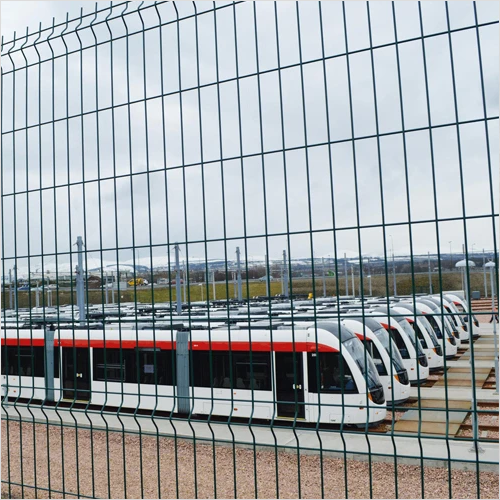Effective Uses of Chicken Wire for Gardening and Poultry Fencing Solutions
Understanding Chicken Netting Wire A Guide for Poultry Enthusiasts
Chicken netting wire, commonly referred to as poultry wire or chicken wire, is an essential component for anyone looking to raise chickens or other small animals. This type of fencing material serves many purposes, from protecting your flock from predators to containing them safely within a designated area. Understanding the various aspects of chicken netting wire can help you make an informed decision for your poultry management needs.
What Is Chicken Netting Wire?
Chicken netting wire is typically made from galvanized steel, which provides durability and resistance to rust and corrosion. This wire is designed with hexagonal openings that can vary in size, allowing for adequate air circulation while ensuring that smaller animals such as rats and weasels cannot penetrate the enclosure. Available in different heights, widths, and gauges, chicken netting wire can be customized to suit various fencing projects.
Benefits of Using Chicken Netting Wire
1. Predator Protection One of the primary functions of chicken netting wire is to safeguard your birds from predators. It creates a physical barrier that can deter animals such as raccoons, foxes, and hawks, which can pose a threat to your chickens.
2. Breathability The open structure of chicken netting wire allows for excellent airflow, helping to keep the enclosure dry and comfortable for your chickens. Good ventilation is vital for preventing respiratory problems and maintaining a healthy living environment.
3. Visibility Unlike solid fencing, chicken netting wire allows you to see your flock easily. This transparency not only helps you keep an eye on your birds but also makes it easier to monitor their health and behavior.
4. Affordability Chicken netting wire is generally an economical fencing option compared to solid wooden or metal fences. It provides a cost-effective solution for those looking to create a safe and effective environment for their poultry.
chicken netting wire

5. Versatility Beyond just fencing, chicken netting wire can be used for various applications, including garden protection, crafting projects, and even creating trellises for climbing plants. Its versatility makes it a valuable addition to any homesteading toolkit.
Installation Tips
Installing chicken netting wire requires some planning and preparation. Here are a few tips to ensure a successful setup
- Choose the Right Size Depending on the type of birds you are raising, select a netting with openings small enough to prevent smaller predators from accessing your flock. Typically, a mesh size of 1 inch or smaller is recommended for poultry.
- Secure the Bottom To avoid any animals digging under the fence, bury the bottom of the netting about 6-12 inches deep or use wooden boards at the base to reinforce it.
- Use Support Posts Regularly spaced support posts will help maintain the shape and integrity of the fence. Ensure that they are installed firmly in the ground to withstand any external pressure.
- Check for Gaps After installing the netting, do a thorough inspection for any gaps or weak spots. Addressing these areas will prevent potential escapes or unwanted visitors.
Conclusion
Chicken netting wire is a crucial investment for anyone venturing into poultry farming. It offers a practical, affordable, and effective means to protect and manage your flock. By understanding its benefits and installation practices, you can create a secure environment for your chickens, allowing them to thrive and contribute positively to your homesteading experience. Whether you are a seasoned farmer or a novice poultry enthusiast, utilizing chicken netting wire is an essential step toward successful chicken rearing.
-
Space-Saving Chain Fence Hacks Vertical Gardening with Cyclone MeshNewsJul.16,2025
-
Innovations in Iron Nail Wire Production for Modern ConstructionNewsJul.16,2025
-
Creative Uses of Wire Netting Fence in Modern Landscape DesignNewsJul.16,2025
-
Barbed Wire Fence Innovations in Anti-Climb TechnologyNewsJul.16,2025
-
Architectural Uses of Umbrella Nails for Aesthetic Roof DesignsNewsJul.16,2025
-
Architectural Uses of Razor Barbed Wire in Secure Urban DesignNewsJul.16,2025




